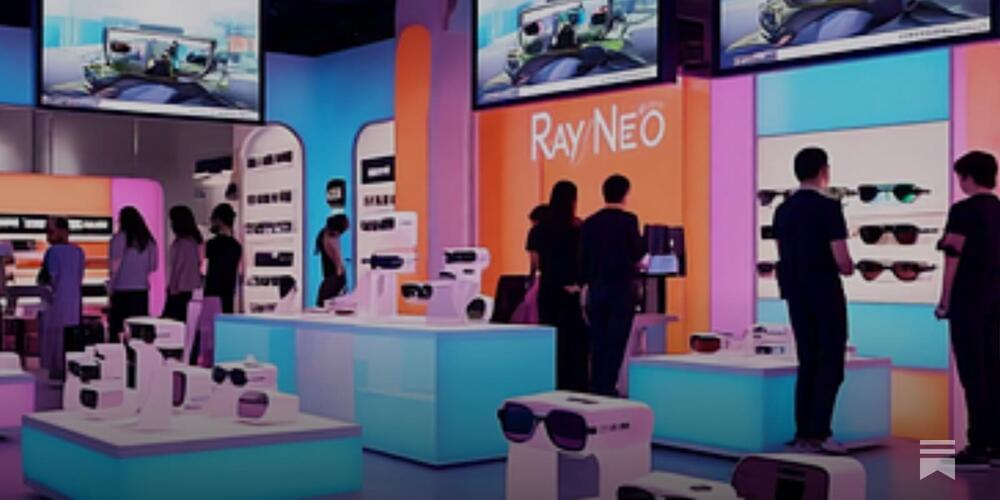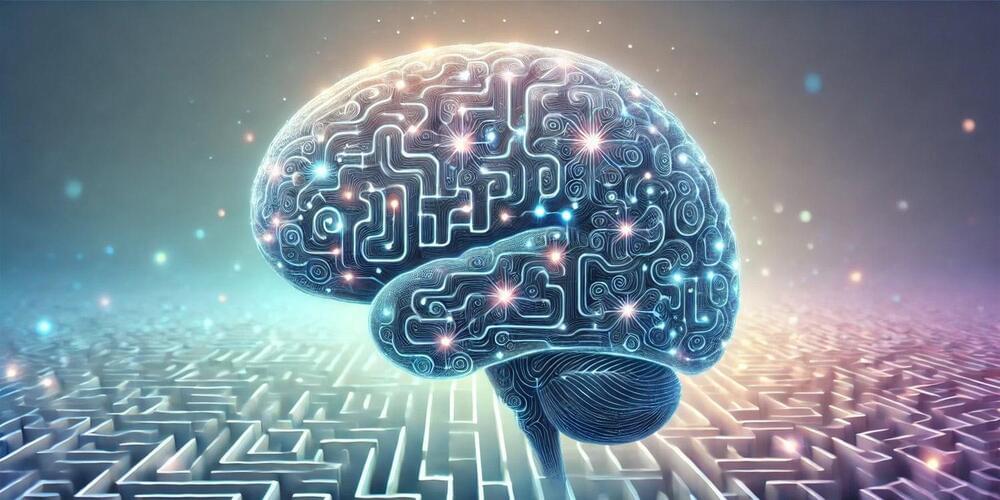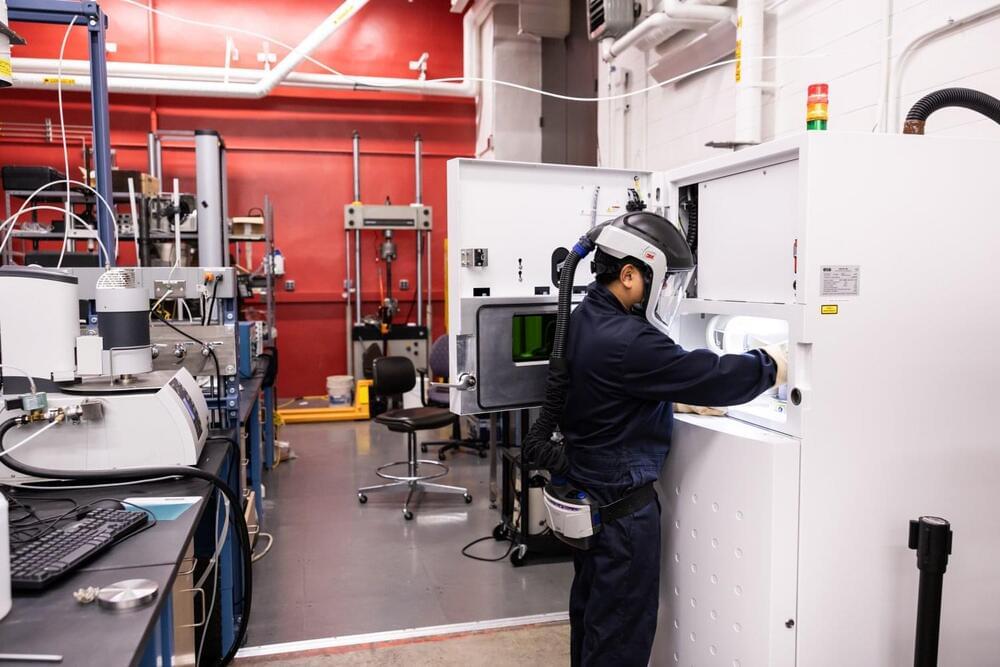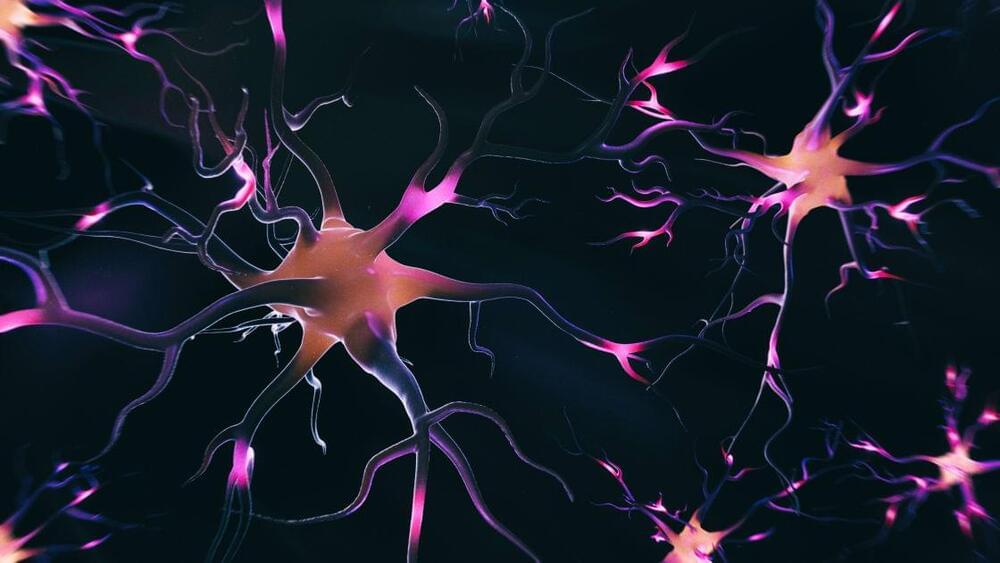A new partnership will see Alibaba Cloud develop customized AI models for RayNeo products, the companies say.



Quantum computing stocks are soaring, but do the rising stock prices make sense?
Over the last couple of years, technology stocks have captivated the investment world thanks in large part to breakthroughs in artificial intelligence (AI).
Within the AI realm, semiconductor stocks in particular have benefited greatly. This is due to the fact that semiconductor companies such as Nvidia, Advanced Micro Devices, and Broadcom make important infrastructure such as graphics processing units (GPUs) and network equipment that are used in data centers, and without them, generative AI would be more of a lofty idea than a reality.

A recent study published in PLOS Computational Biology found that people with stronger autistic traits, particularly those with a preference for predictability, tend to exhibit unique curiosity-driven behaviors. These individuals showed persistence in tasks requiring sustained attention, often leading to superior learning outcomes.
Autism spectrum disorder is a developmental condition that affects how individuals perceive and interact with the world. It is characterized by differences in communication, social interaction, and behavior patterns. Rather than being a singular condition, autism exists on a spectrum, meaning that individuals experience varying levels of intensity and expression of traits. While some may require significant support in daily life, others might navigate independently with unique strengths and challenges.
Autistic traits are characteristics commonly associated with autism but may also be present in varying degrees within the general population. These traits can include a preference for routines, heightened sensitivity to sensory input, and intense focus on specific topics of interest. While these traits can sometimes pose challenges, they also contribute to unique ways of thinking and problem-solving.

A recent award from the U.S. Defense Advanced Research Projects Agency (DARPA) brings together researchers from Massachusetts Institute of Technology (MIT), Carnegie Mellon University (CMU), and Lehigh University (Lehigh) under the Multiobjective Engineering and Testing of Alloy Structures (METALS) program. The team will research novel design tools for the simultaneous optimization of shape and compositional gradients in multi-material structures that complement new high-throughput materials testing techniques, with particular attention paid to the bladed disk (blisk) geometry commonly found in turbomachinery (including jet and rocket engines) as an exemplary challenge problem.
A DARPA-funded collaborative multi-university team pursues new AI-enhanced design tools and high-throughput testing methods for next-generation turbomachinery.
China is pushing the boundaries of weapons technology with the development of a new rapid-fire machine gun.
#china #latestnews #worldnews.
About Channel:
WION The World is One News examines global issues with in-depth analysis. We provide much more than the news of the day. Our aim is to empower people to explore their world. With our Global headquarters in New Delhi, we bring you news on the hour, by the hour. We deliver information that is not biased. We are journalists who are neutral to the core and non-partisan when it comes to world politics. People are tired of biased reportage and we stand for a globalized united world. So for us, the World is truly One.
Please keep discussions on this channel clean and respectful and refrain from using racist or sexist slurs and personal insults.
Check out our website: http://www.wionews.com.
Join us on Patreon! https://www.patreon.com/MichaelLustgartenPhD
Discount Links/Affiliates:
Blood testing (where I get the majority of my labs): https://www.ultalabtests.com/partners/michaellustgarten.
At-Home Metabolomics: https://www.iollo.com?ref=michael-lustgarten.
Use Code: CONQUERAGING At Checkout.
Clearly Filtered Water Filter: https://get.aspr.app/SHoPY
Epigenetic, Telomere Testing: https://trudiagnostic.com/?irclickid=U-s3Ii2r7xyIU-LSYLyQdQ6…M0&irgwc=1
Use Code: CONQUERAGING
NAD+ Quantification: https://www.jinfiniti.com/intracellular-nad-test/


A key brain difference linked to autism has been found for the first time in living people.
Using a sophisticated imaging technology, Yale School of Medicine researchers found that the brains of autistic adults have fewer synapses — crucial junctions between nerve cells and other cells — than the brains of neurotypical individuals: bit.ly/3NK9gGQ Yale.
Autistic brains have fewer synapses compared to neurotypical brains, PET scans show.
For the first time, scientists have observed a collection of particles, also known as a quasiparticle, that’s massless when moving one direction but has mass in the other direction. The quasiparticle, called a semi-Dirac fermion, was first theorized 16 years ago, but was only recently spotted inside a crystal of semi-metal material called ZrSiS. The observation of the quasiparticle opens the door to future advances in a range of emerging technologies from batteries to sensors, according to the researchers.
The team, led by scientists at Penn State and Columbia University, recently published their discovery in the journal Physical Review X.
“This was totally unexpected,” said Yinming Shao, assistant professor of physics at Penn State and lead author on the paper. “We weren’t even looking for a semi-Dirac fermion when we started working with this material, but we were seeing signatures we didn’t understand—and it turns out we had made the first observation of these wild quasiparticles that sometimes move like they have mass and sometimes move like they have none.”

We all know that time seems to pass at different speeds in different situations. For example, time appears to go slowly when we travel to unfamiliar places. A week in a foreign country seems much longer than a week at home.
Time also seems to pass slowly when we are bored, or in pain. It seems to speed up when we’re in a state of absorption, such as when we play music or chess, or paint or dance. More generally, most people report time seems to speed up as they get older.
However, these variations in time perception are quite mild. Our experience of time can change in a much more radical way. In my new book, I describe what I call “time expansion experiences” – in which seconds can stretch out into minutes.